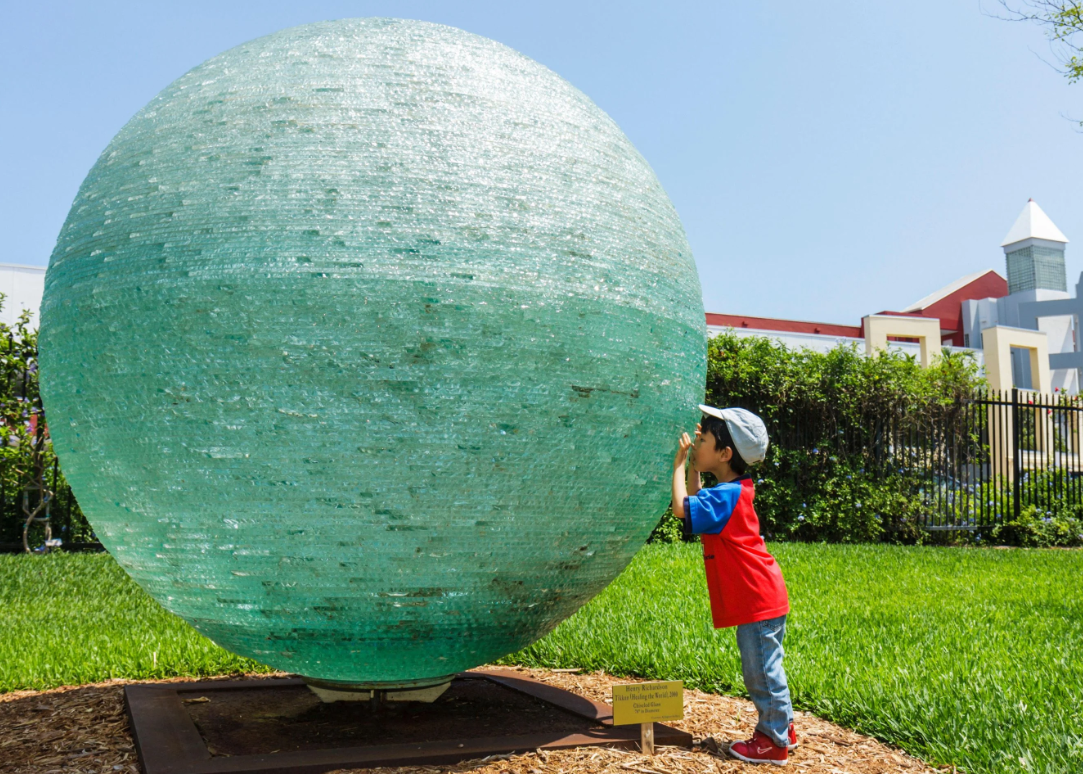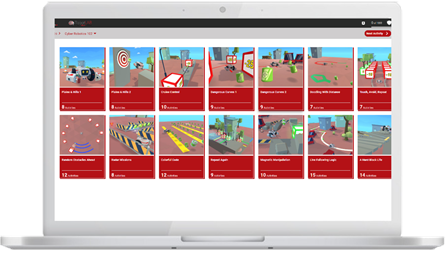An engaging activity encourages students to explore math in everyday spaces like parks and school campuses.

Math has declined in popularity in American schools. According to one survey, more than one-third of Americans would rather clean their toilet than do math, and 56 percent of middle schoolers would rather eat broccoli than do math. What if students could see that math is relevant to their lived experiences? If math were more accessible and relevant, students could develop confidence in themselves as creative math explorers.
Using local spaces like neighborhoods and parks for inquiry and observation can help students see the world through a STEM lens. talkSTEM, a nonprofit organization, developed a methodology for tours to engage students in STEM in everyday, real-world situations.
CREATING ENGAGING ACTIVITIES
Everyday environments are replete with fascinating questions, many of which can be addressed using nothing more than a mind willing to wonder and a pencil. STEM walks center on noticing, questioning, and curating questions—skill sets that children enjoy practicing in varied spaces such as playgrounds, classrooms, hallways, gyms, gardens, soccer fields, and other off-campus locations.
A STEM walk consists of a minimum of three stops in the real world. There is no maximum number, and typically the stops are independent of each other so that there is no required sequence. A stop can be centered on an element in the natural or built environment, artwork, or everyday objects. It is best to use elements that are fairly permanent so that the walk design can be used for long periods of time. The creation of a STEM walk can be a short activity taking a single class, or it can be a longer-term project. Students create content at each stop through these easy steps.
NOTICING THE ENVIRONMENT
Students work in pairs or teams to notice everything they can about a structure or location, no matter how familiar or unfamiliar. At one school, fourth-grade students noticed that the windows at opposite ends of a hallway that connected an older building to a new building at their school were of different sizes. They wondered why the windows were different.
Teachers can lead the way that students notice the environment by providing specific concepts, themes, or skills that they’d like students to address in their STEM walk designs. Asking students to notice particular elements can help students focus their exploration.
FORMING QUESTIONS
Students brainstorm questions that come to mind based on their observations. It is important to model and discuss brainstorming so that they are free to ask questions without worrying about how they are connected to math, science, or STEM. One class used a very simple structure, the playground, to formulate interesting questions such as “How do our bodies help generate movement on a swing?” and “How is the climbing structure, a geodome, made up of a number of different shapes?”
Another class of third and fourth graders discussed the best strategies to estimate the number of tiles that made up a walkway that is frequently used at their school. Brainstorming strategies encourages independent learning and builds confidence around STEM fields.
CURATING THE STOP
After students generate questions, they should think about how they want others to engage at their stop. Students analyze how they engage with their question and reflect on what connections they make at the stop. They think about what a tour participant would need to know. If they see connections to other examples of a phenomenon or other places, objects, or artworks, they can be encouraged to include an image or an object as a prop. Everyday objects like leaves and other found objects and materials can be included if relevant. Students should identify what learning objective participants would meet at their stop. For example, at a stop about the types of angles on their school campus, participants would estimate angles in tree branches, in doors, and in windows using protractors or angle-estimating tools. The activity helps participants practice angle estimation skills. Then participants can draw larger conclusions about the questions, such as the fact that built environments tend to have many more right angles than the natural environment.
BRINGING IT ALL TOGETHER
After students have noticed the environment, formed questions, and curated stops, the entire group then assesses the walk as a whole.
Are the stops different enough from each other in terms of math concept and nature of activity required to address the question? How will walk participants move from one stop to another? Would they like to film their content? If so, signage with QR codes would allow for easy sharing. They can also design a map of the stops.
Encourage students to consider filming parts of their walk. Knowing a project will be shared motivates students to think about the content in beyond-the-textbook ways. talkSTEM’s YouTube channel contains more than 170 short videos, which include walkSTEM videos created by school groups.
Students can create walks for younger students. A high school’s Women in STEM club designed a tour of their campus as a service learning project for lower school teachers. They explored their campus and designed questions about shapes and estimation at the playground. They also interviewed the elementary school math teacher to get ideas about specific concepts that were important to highlight.
STEM walks leverage the comfort and familiarity of a student’s campus to encourage problem-solving skills, build confidence, and promote growth mindset. Cultivating STEM mindsets through exploration of students’ everyday surroundings helps students engage in their environment and deepen their learning.
Keep learning during COVID-19 with RobotLAB and CoderZ!

CoderZ is an online educational environment that improves students 21st century skills, while they are having fun programming their own virtual cyber robot. CoderZ and RobotLAB has different lessons to do at home! Check them out Here

